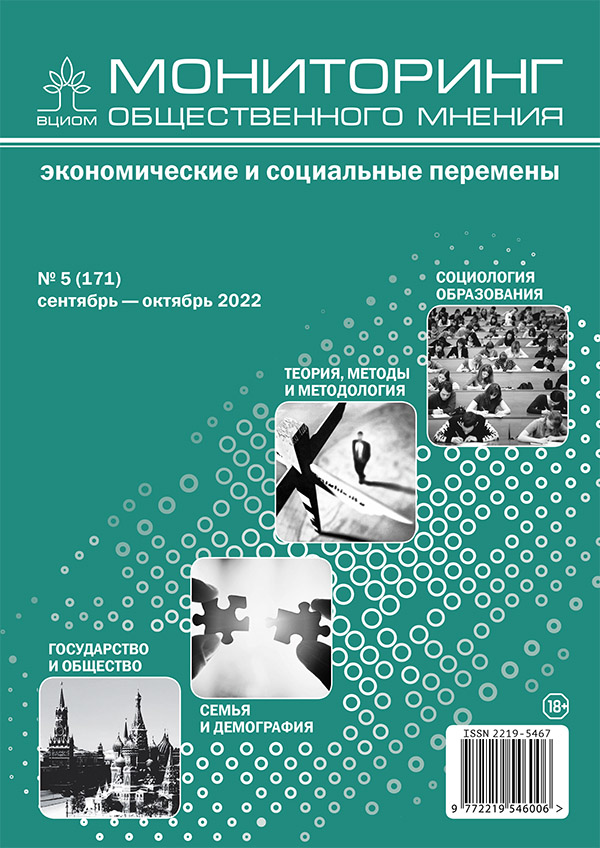Realizing the Right to the City: Interpretations and Nomination of Urban Objects by Citizens (Based on Ergourbanonyms of Non-Metropolitan Cities)
DOI:
https://doi.org/10.14515/monitoring.2022.5.2098Keywords:
nominative activity, the right to the city, the great good place, non-place, ergourbanonymAbstract
The article analyzes the results of the nominative activity of citizens in the designation of urban commercial objects ─ public catering enterprises. The study is based on socio-anthropological concepts of the great good place and non-place in a modern city, Henri Lefebvre’s concept of the right to the city, and ideas from the theoretical field of onomastics.
The key term of the research is ergourbanonym, i.e., ergonym in the meaning of the topographic object of the city. A classification of ergourbanonyms is created to identify strategies for nominative activity when constructing great good places in the city (personification of space, focus on local lore or cultural-historical images) and non-places (use of borrowings, Latin letters, addressing distant or ‘alien’ geographic images, the use of linguistic games). Ergourbanonyms of Nizhny Novgorod (N = 300; Zoon.ru) and Krasnodar (N = 253; Zoon.ru) are used as empirical material. The authors of the study prove that citizens, who are the subjects of nominative activity, form two main strategies in the designation of non-state commercial city objects focused on trade and public catering.
The first strategy is typical of districts claiming to represent the city functions for mobile citizens and tourists. It is dominated by ergourbanonyms for the construction of non-places. The second strategy is typical of areas that do not have representative functions (targeted at local residents): ergourbanonyms coexist in it in equilibrium helping to recreate great good places and non-places. The study emphasizes that most researchers describe positively only great good places, while the potential of non-places is usually underestimated. On the contrary, while choosing names for the designation of urban catering facilities (cafes, restaurants, bars, etc.), the citizens demonstrate interest in constructing non-places in the urban space.
The authors conclude that in the nominative activity, some citizens realize their right to the city, participating in the creation of the city toponymicon. However, this nominative activity does not fit into the usual framework of the socio-cultural determination of nominations: the citizens name commercial objects using not only local history information but also broadcasting subjective interpretations in the names. For example, by names they try to compensate for the lack of urbanization and non-capital image of provincial cities.
Downloads
Published
How to Cite
Issue
Section
License
Copyright (c) 2022 Monitoring of Public Opinion: Economic and Social Changes Journal (Public Opinion Monitoring) ISSN 2219-5467

This work is licensed under a Creative Commons Attribution-NonCommercial-ShareAlike 4.0 International License.






